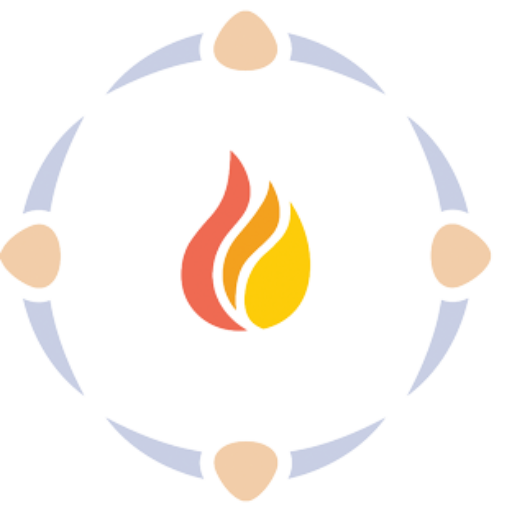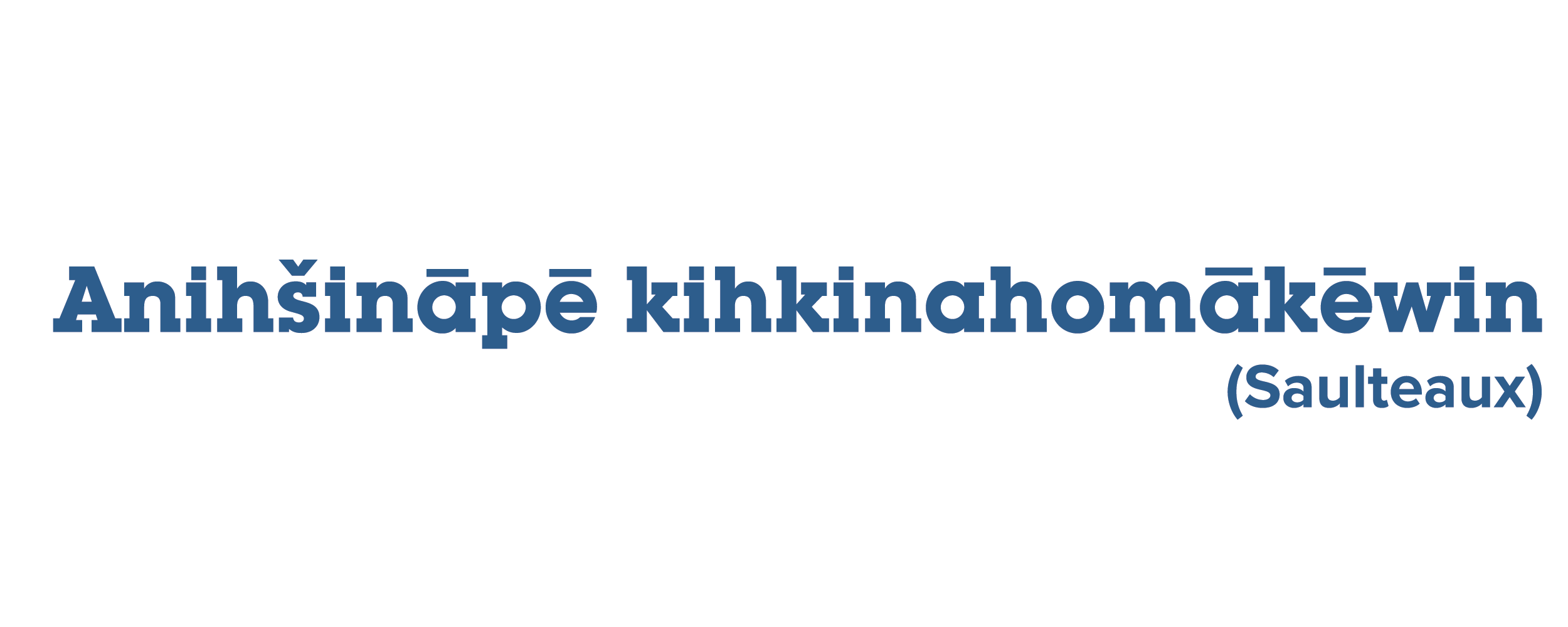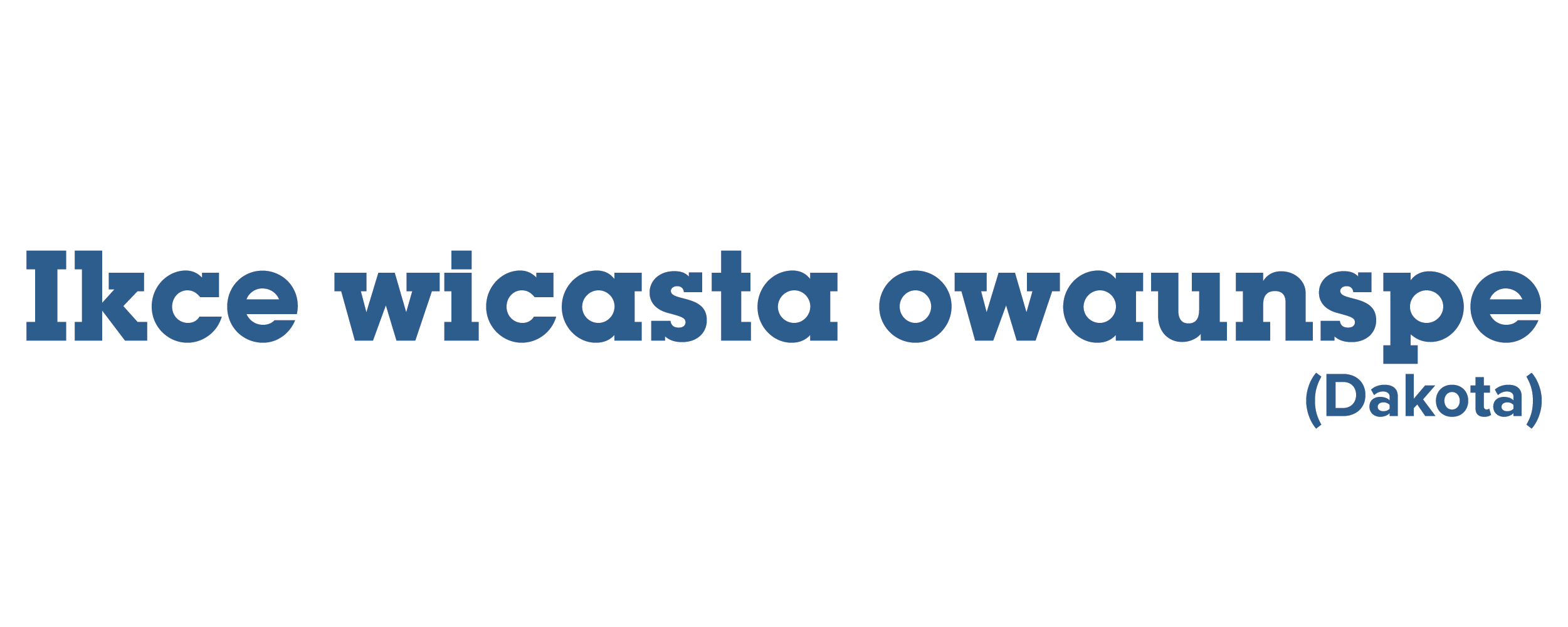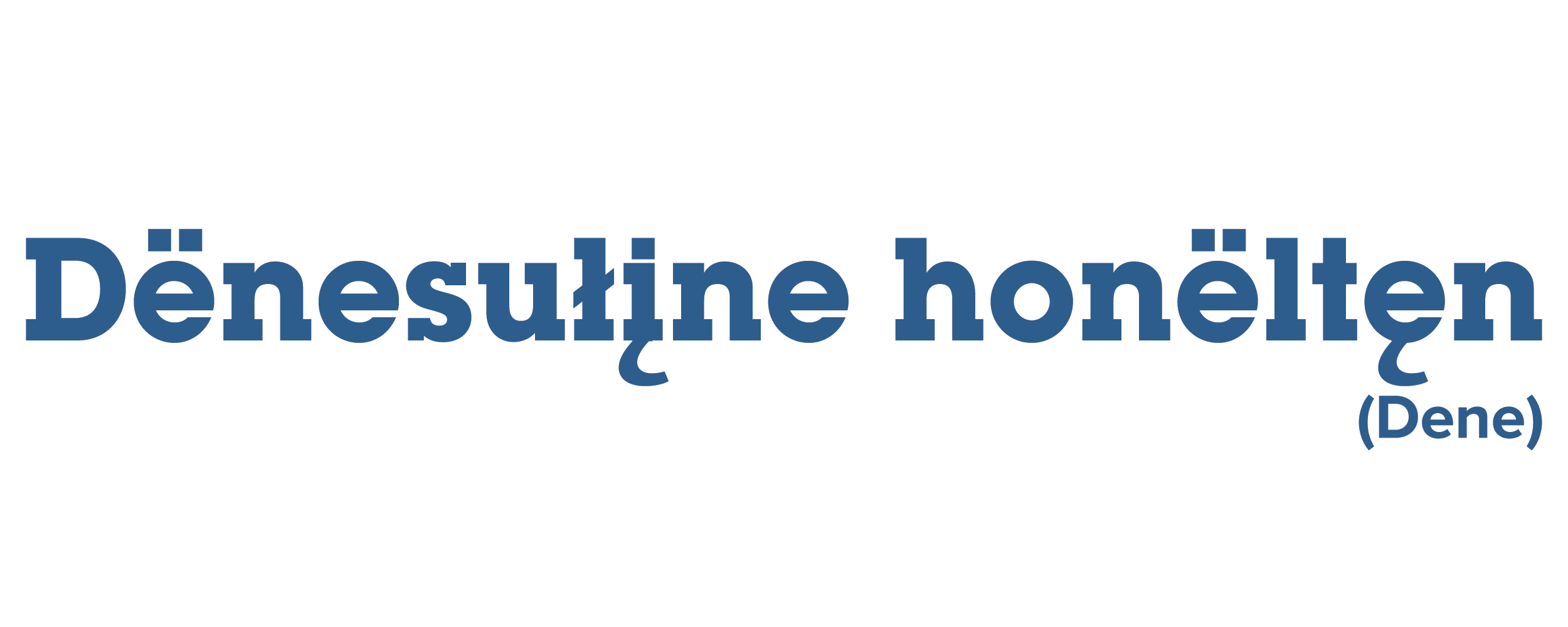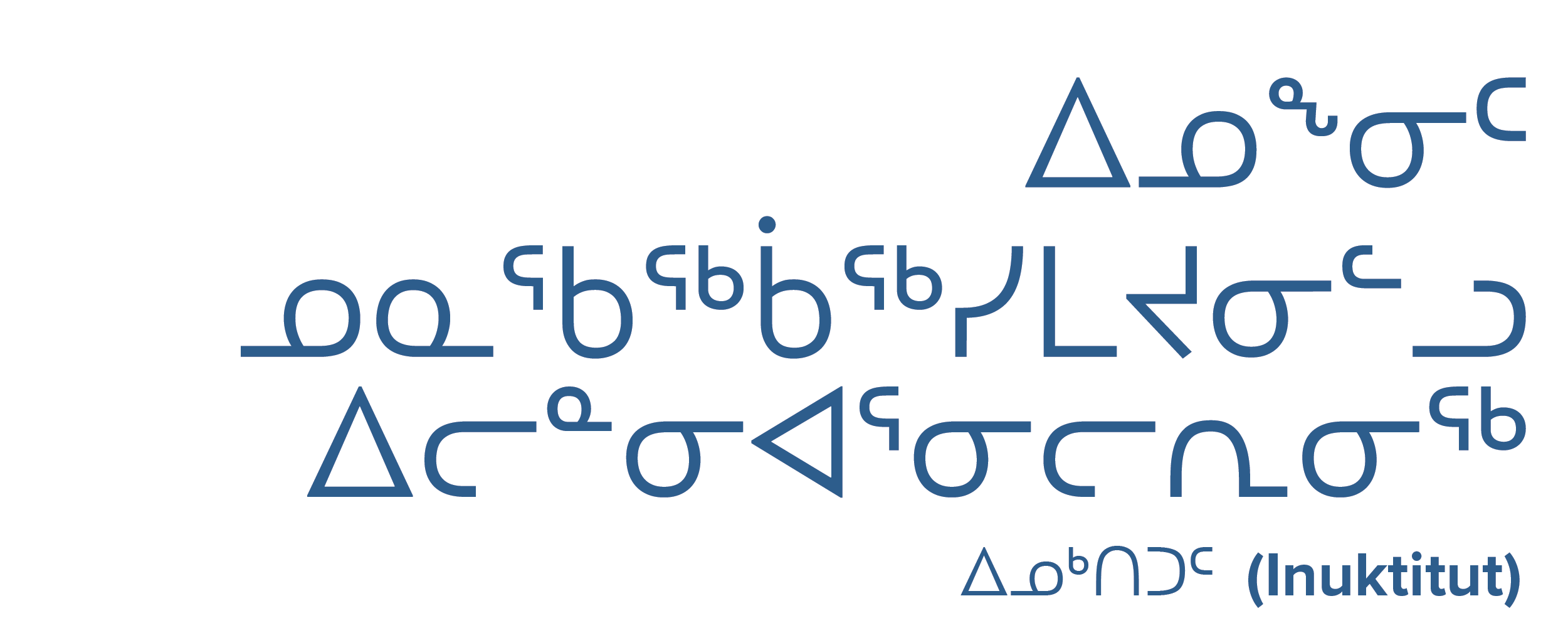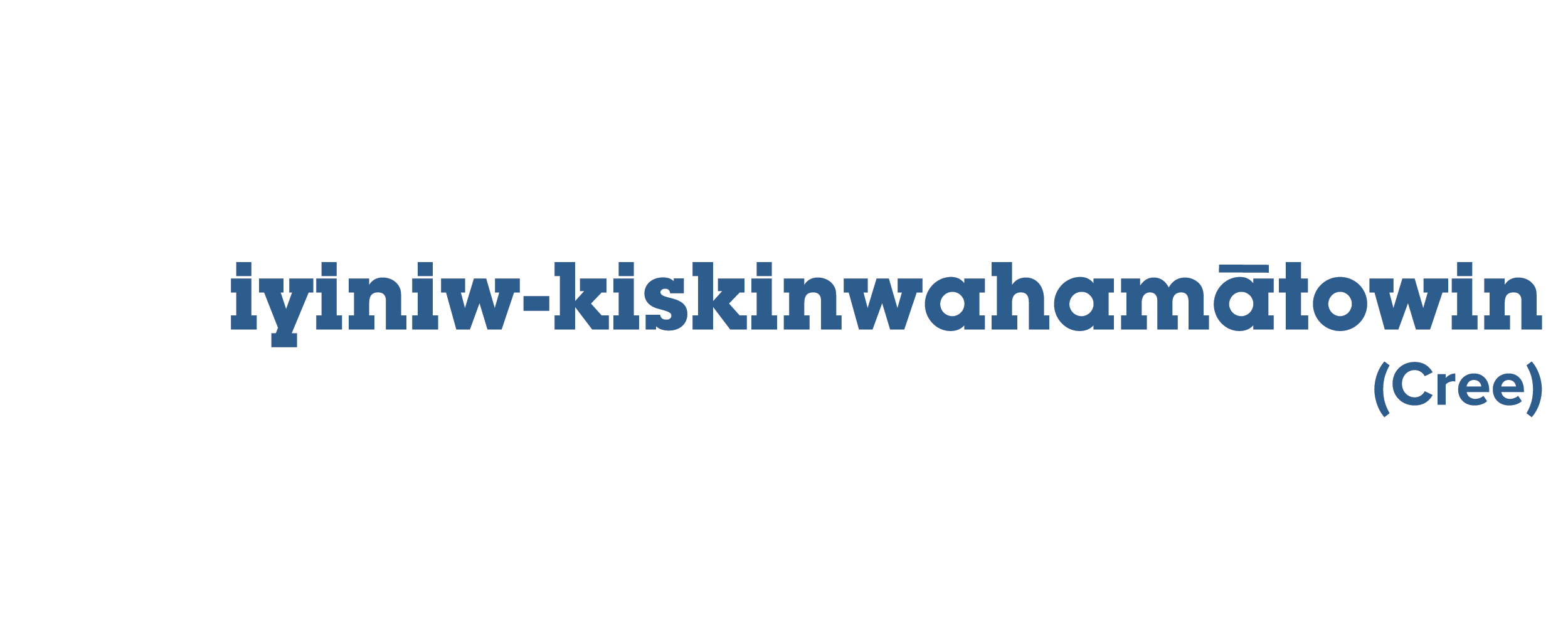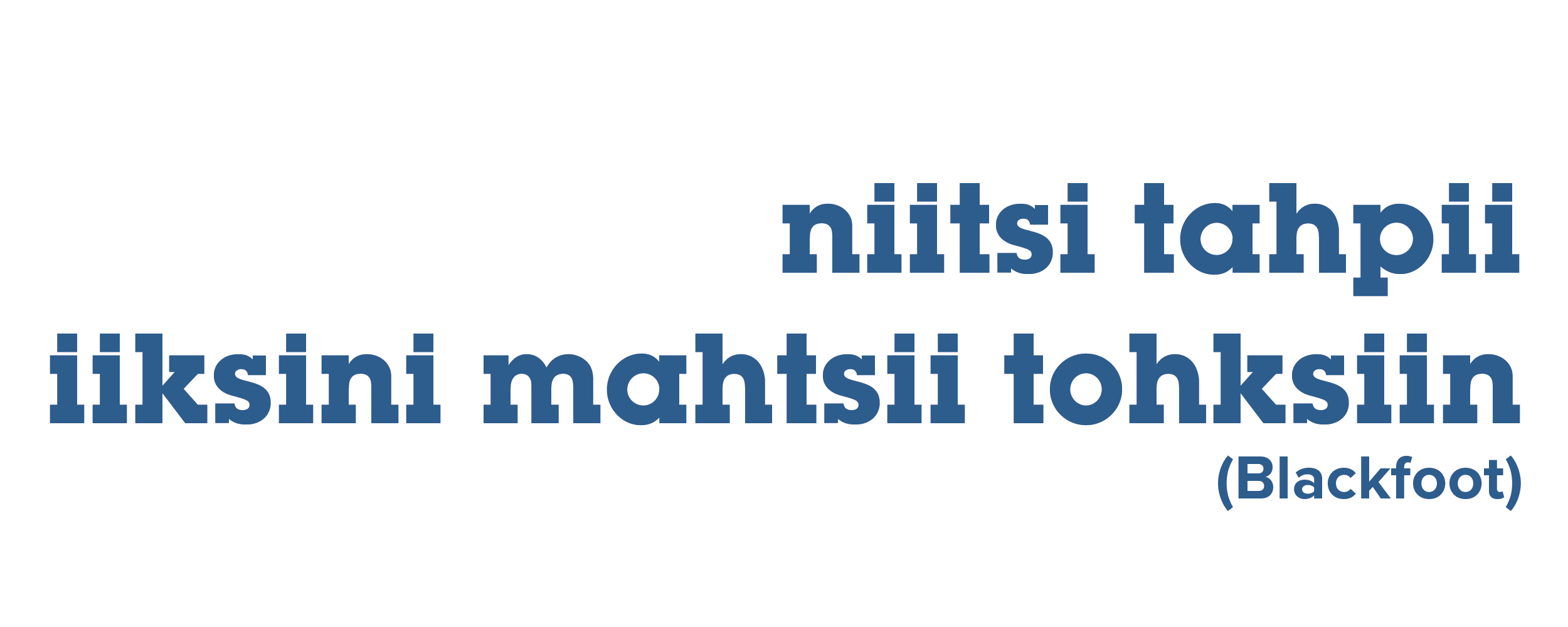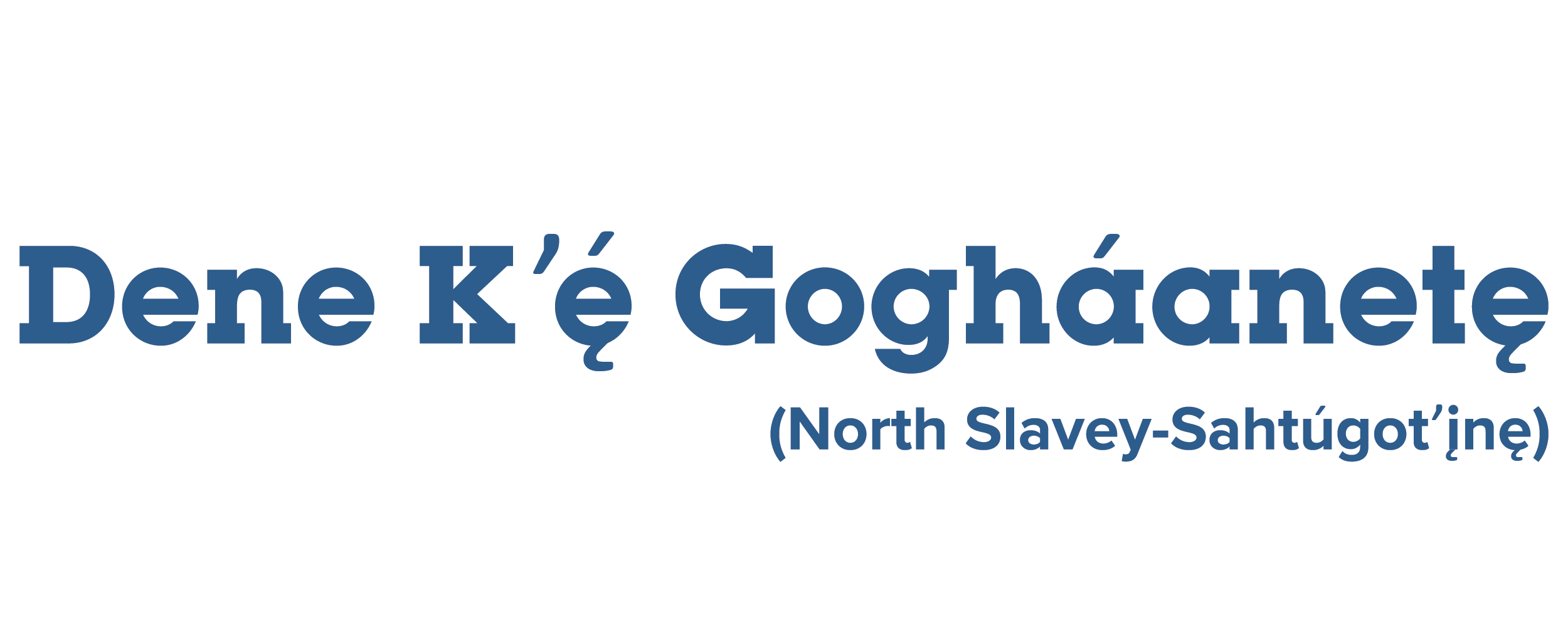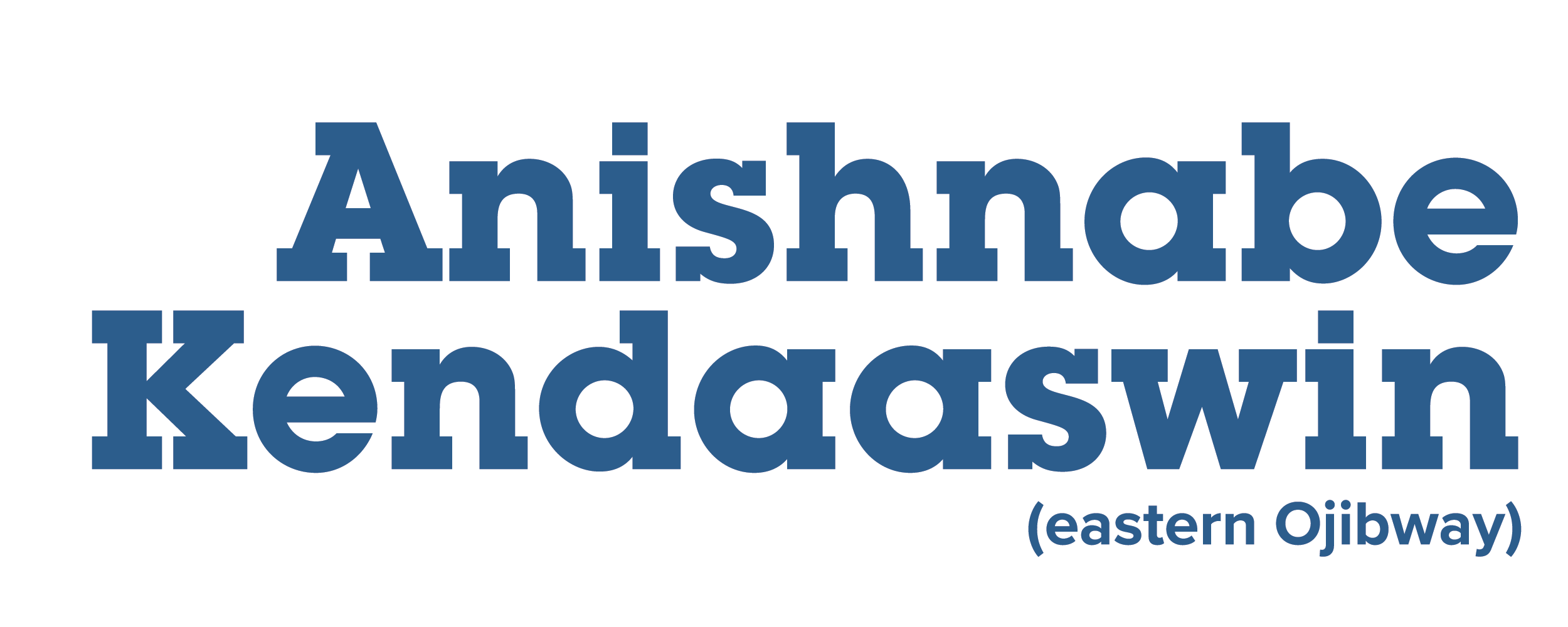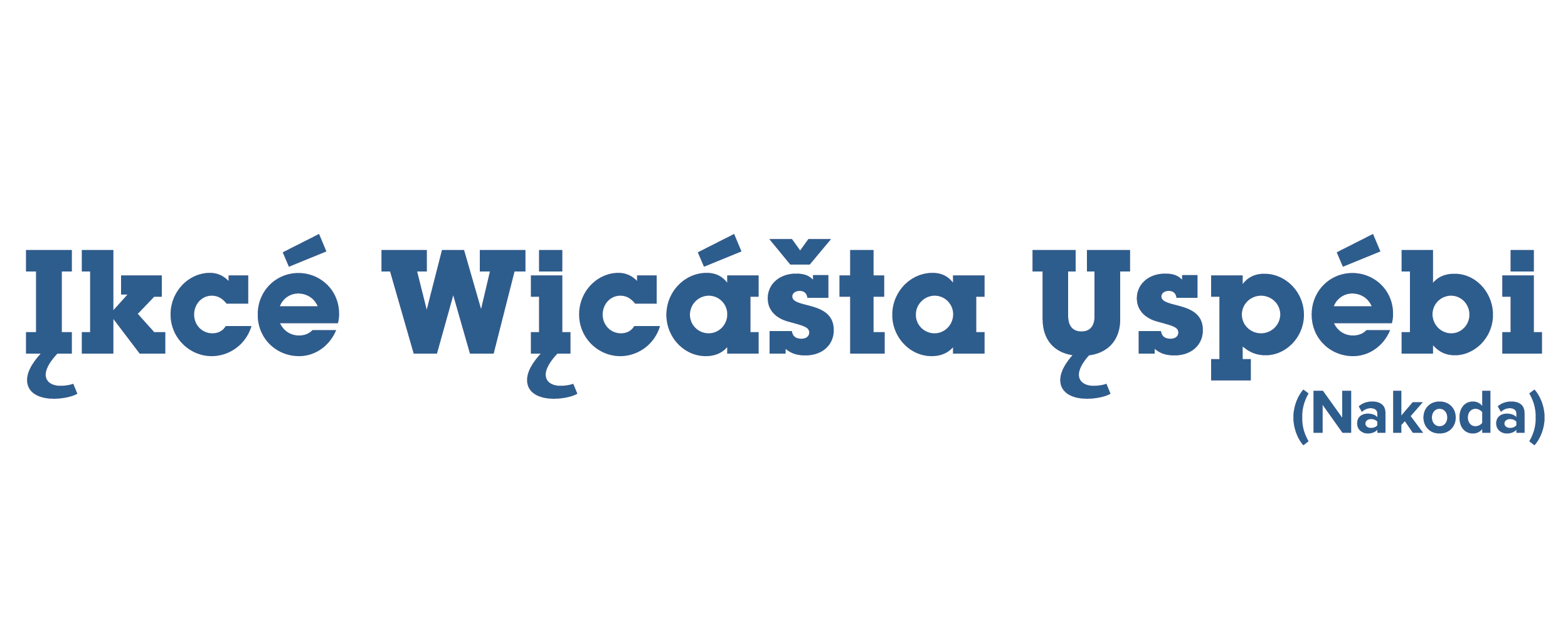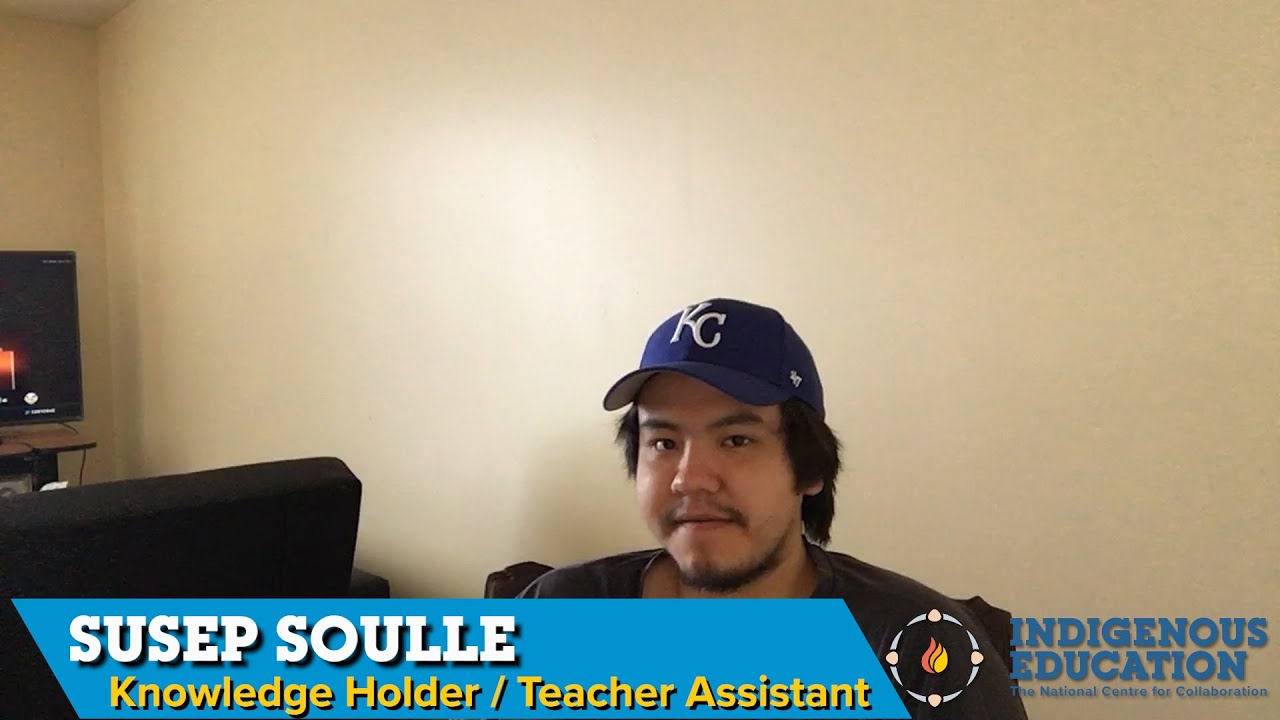Posted on mars 2, 2020 by Frannie and Kisa Rogers
Lonny is Traditional Knowledge Holder working to fill in what were cultural blank spaces with Indigenous dialogue and narrative to create a meaningful cultural support to the clients and staff of the Rotary House. Lonny discusses how important it is to create cultural space for not only clients but also for front line workers dealing […]
Lonny is Traditional Knowledge Holder working to fill in what were cultural blank spaces with Indigenous dialogue and narrative to create a meaningful cultural support to the clients and staff of the Rotary House. Lonny discusses how important it is to create cultural space for not only clients but also for front line workers dealing in the field of mental health. Cultural space is necessary for people to experience what is meaningful for them and to start healing steps. He shares the five components required for Indigenous Education to be truly culturally based and grounded.
Posted on by Jeremiah Sharpe
Manitoba First Nations School System (MFNSS), begun in 2017, has been empowered to engage in Indigenous led education within the province. Established by the Manitoba First Nations Education Resource Centre (MFNERC), MFNSS is a First Nations-designed and led school system. For more information, visit: https://www.mfnss.com/About/Pages/default.aspx#/=.
Manitoba First Nations School System (MFNSS), begun in 2017, has been empowered to engage in Indigenous led education within the province. Established by the Manitoba First Nations Education Resource Centre (MFNERC), MFNSS is a First Nations-designed and led school system. For more information, visit: https://www.mfnss.com/About/Pages/default.aspx#/=.
Posted on by Marion Erickson
Hailey Prince details the Nak’azdli Cultural Centre’s aims and initiatives of capturing and maintaining Dakelh traditional knowledge through methods of traditional knowledge transfer from Elders. The centre offers programs and classes that are focused on strengthening areas of traditional Dakelh knowledge. Classes include teaching Dakelh language; drums, rattles, snowshoes, shawls, vests, baskets making; as well, […]
Hailey Prince details the Nak’azdli Cultural Centre’s aims and initiatives of capturing and maintaining Dakelh traditional knowledge through methods of traditional knowledge transfer from Elders. The centre offers programs and classes that are focused on strengthening areas of traditional Dakelh knowledge. Classes include teaching Dakelh language; drums, rattles, snowshoes, shawls, vests, baskets making; as well, learning traditional ways of hunting, trapping, and fishing. Among being a place of teaching and learning, the Cultural Centre is a support system to the community through ensuring all those in need are cared for. A food hamper program is an example Hailey describes as one way the centre ensures those in need are cared for. All donations given to the centre are offered to families in need. Traditional knowledge retention and community support are just some of the areas in which Hailey Prince views the Nak’azdli centre as an area of success in Indigenous education.
Posted on février 15, 2020 by Ashley Nadjiwon
Anishinaabe Elders who are constantly working towards reconciliation and bringing traditional knowledge to their people.
Anishinaabe Elders who are constantly working towards reconciliation and bringing traditional knowledge to their people.
Posted on by Ruby Thompson
Examples of formal and informal Indigenous Education from a ‘student of life’ who describes the importance of language and land-based learning.
Examples of formal and informal Indigenous Education from a ‘student of life’ who describes the importance of language and land-based learning.
Posted on octobre 2, 2019 by Anne Marie Jackson
This is one in a set of three videos that talk about life along the Deh Cho (Mackenzie River) and learning to fish.
Passing on knowledge to the next generation about living in ‘the bush’, learning how to camp and how to fish, is important to the Sahtu people of the Deh Cho (Mackenzie River). The people in this video talk about what it means to them to be able to spend time together away from town and for the grandparents to be able to teach their children and grandchildren how to make camp, catch and dry fish, and more. As Judy Lafferty says, “They have to learn for survival . . . It’s our place to teach them, as parents and grandparents.”
Special thanks to (in order of appearance):
- Dennita Lafferty, Participant
- Anna Turo, Participant
- Judy Lafferty, Mentor
- Wilma Manuel, Participant
- Leon Turo, Mentor
- Michel Lafferty, Mentor
As well, special thanks to:
- Anne-Marie Jackson, NCCIE Videographer and Contributor
- Christopher White, Promethean Heritage and Cultural Services, Video Editor
- Andrée Cazabon, Productions Cazabon, Producer
This video and two others in this series are also part of ‘Tracking Change: the Role of Local and Traditional Knowledge in Watershed Governance’, a project that includes listening to Indigenous peoples along the Mackenzie, Mekong, and Amazon Rivers to gather information about “long term (historic and current) patterns of social and ecological change and the interconnections between the health and dynamics of these river systems and that of river communities.” (source: www.trackingchange.ca/about)
Posted on by Anne Marie Jackson
This is one in a set of three videos that talk about life along the Deh Cho (Mackenzie River) in the Sahtu. The topic of this video is how their environment is changing due to climate change.
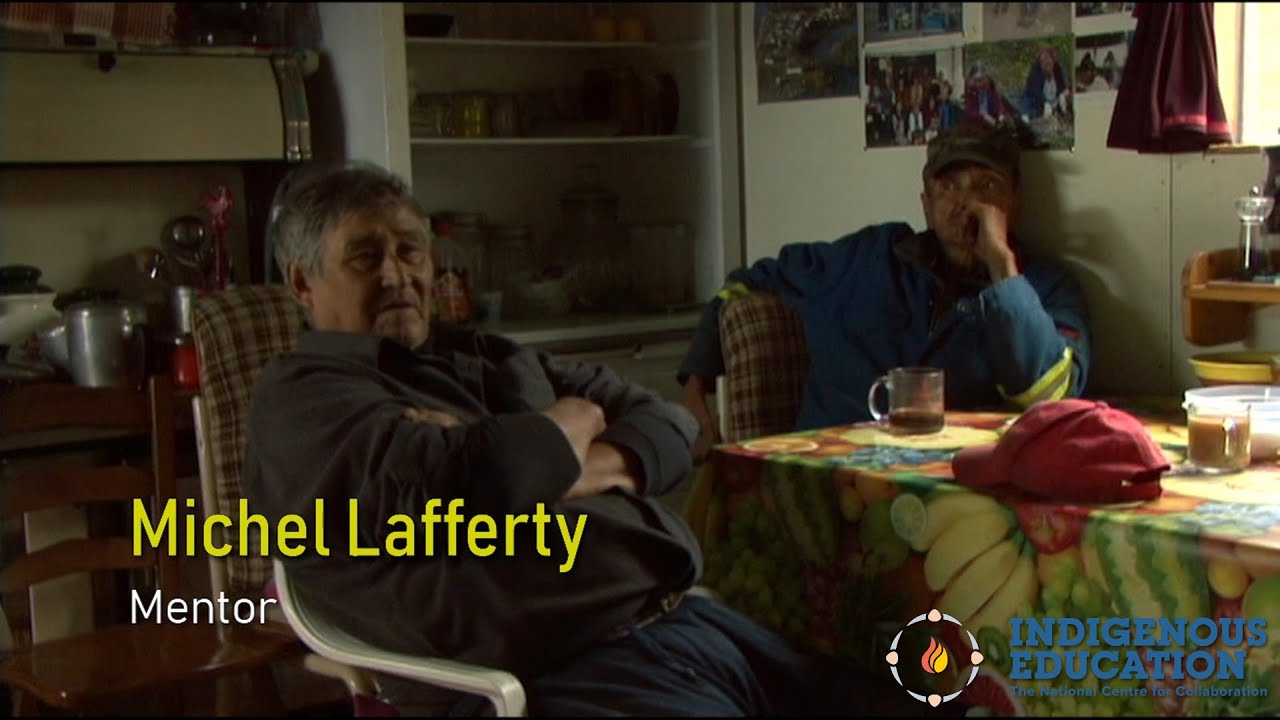
Judy and Michel Lafferty talk about changes they and other Elders have observed due to climate change in their community and along the Deh Cho (Mackenzie River).
Special thanks to Judy and Michel Lafferty, and to others in their community, for their participation in this video.
As well, special thanks to:
- Anne-Marie Jackson, NCCIE Videographer and Contributor
- Christopher White, Promethean Heritage and Cultural Services, Video Editor
- Andrée Cazabon, Productions Cazabon, Producer
This video and two others in this series are also part of Tracking Change: the Role of Local and Traditional Knowledge in Watershed Governance (trackingchange.ca), a project that includes listening to Indigenous peoples along the Mackenzie, Mekong, and Amazon Rivers to gather information about “long term (historic and current) patterns of social and ecological change and the interconnections between the health and dynamics of these river systems and that of river communities.” (source: www.trackingchange.ca/about)
